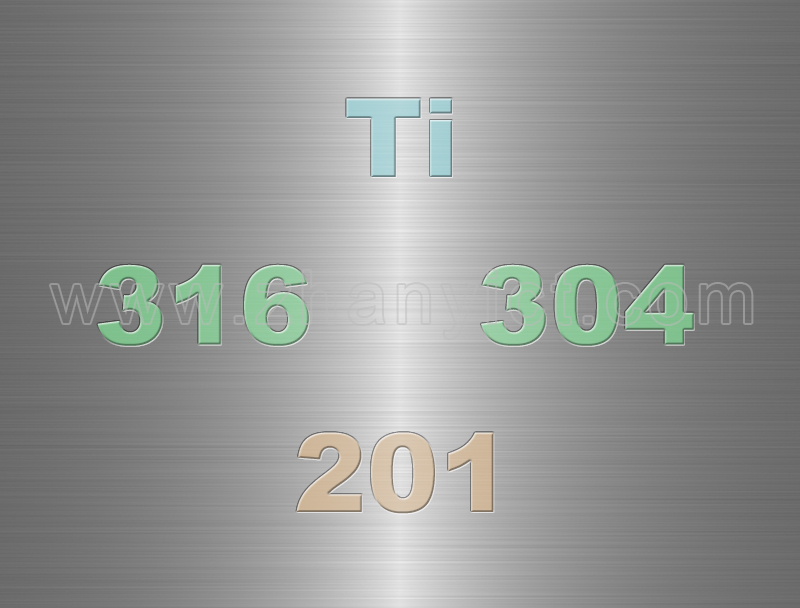In-Depth Analysis: How the Water Bottle Industry is Adopting Biodegradable Materials? — The Case of Corn Fiber (PLA)
There's a story in every cup, and warmth in every life. Hello everyone, welcome to "Dong Dong's Cup Talk" With the rise of global environmental awareness, over 60 countries including China have implemented stricter carbon neutrality standards. This has significantly increased the use of biodegradable materials in daily consumer goods, including the water bottle industry. Between 2024 and 2025, http://www.zhanyict.com/en/ProductsDetail-VB-10447.htmldozens of brands, buyers, and industry engineers visited our factory to discuss biodegradable materials. Through research and DeepSeek analysis, I've compiled the following insights.
This content covers key considerations when using corn fiber (PLA), rice husk fiber, and coffee grounds in water bottle production:
- What issues should be noted during manufacturing?
- How do injection molding machines and molds differ?
- Why is PP added during production?
- Are there alternative materials?
Given the extensive information, http://www.zhanyict.com/en/ProductsDetail-VB-10447.htmlI'll break this down into separate articles for each material. Today, we focus on PLA (Polylactic Acid).
Corn Fiber (PLA) - Critical Processing Considerations
1. Thermal Sensitivity
- Processing Temperature: Must be strictly controlled at 160-180°C (vs. 200-240°C for traditional PP/ABS).
- Risk of Overheating: Excess heat causes decomposition, http://www.zhanyict.com/en/ProductsDetail-VB-10447.htmlreleasing lactic acid gas and leading to yellowing/bubbling in finished products.
2. Hygroscopic Nature
- Moisture Content: Must be kept below 0.025% to prevent hydrolysis during injection molding, which degrades molecular weight and weakens material strength.
- Pre-Drying Required: http://www.zhanyict.com/en/ProductsDetail-VB-10447.htmlRaw materials need 48-hour drying at 80°C before processing.
3. Cooling Rate Optimization
- Mold Temperature: Recommended at 20-50°C (vs. 60-80°C for conventional plastics).
- Purpose: Rapid cooling reduces crystallinity, http://www.zhanyict.com/en/ProductsDetail-VB-10447.htmlpreventing excessive brittleness.
Why Add PP to PLA?
While PLA is biodegradable, it has limitations:
- Low Impact Resistance: PP blends improve durability.
- Heat Resistance: http://www.zhanyict.com/en/ProductsDetail-VB-10447.htmlPP stabilizes PLA’s thermal performance.
- Cost Efficiency: PP reduces overall material costs.
Alternative Materials?
Research is ongoing for PLA composites (e.g., reinforced with bamboo fiber or mineral fillers) to enhance properties without sacrificing biodegradability.
Industry Outlook
PLA represents a promising but challenging shift for sustainable manufacturing. http://www.zhanyict.com/en/ProductsDetail-VB-10447.htmlSuccess depends on:
- Precision in temperature/humidity control.
- Equipment modifications (e.g., low-temperature screws).
- Consumer education about proper disposal (PLA requires industrial composting).
Stay tuned for our next piece on rice husk fiber applications! http://www.zhanyict.com/en/ProductsDetail-VB-10447.htmlLike this article? Your support fuels more deep dives!
(Note: Technical details are simplified for clarity. Adjust for audience expertise as needed.)

Dongguan Zhanyi Commodity Technology Co., Ltd. specializes in the production of metal cups, plastic cups, coffee cups, suction mug, lunch boxes, food jar, travel mugs, portable water bottles, sports bottles, home life desktop trash cans, thermos bottles, etc.These products are all our annual exports, and are recognized and loved by the US, Europe, Australia, Japan, South Korea, Taiwan, Hong Kong and other consumers. Support for small quantity order, fast customization.